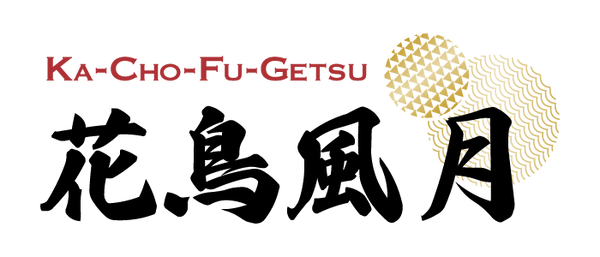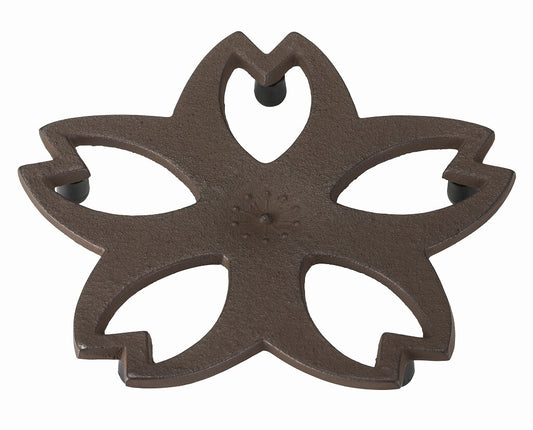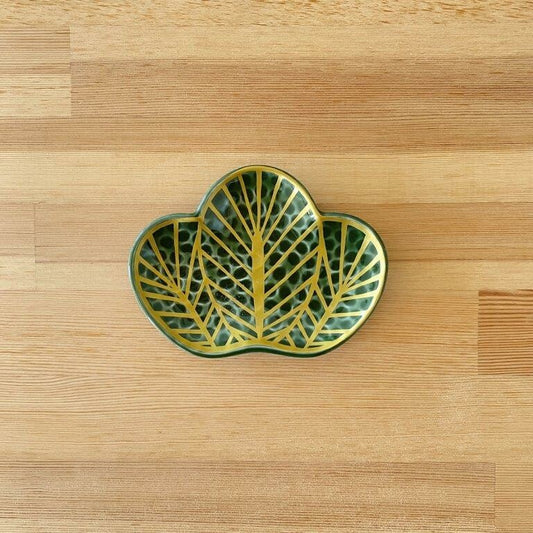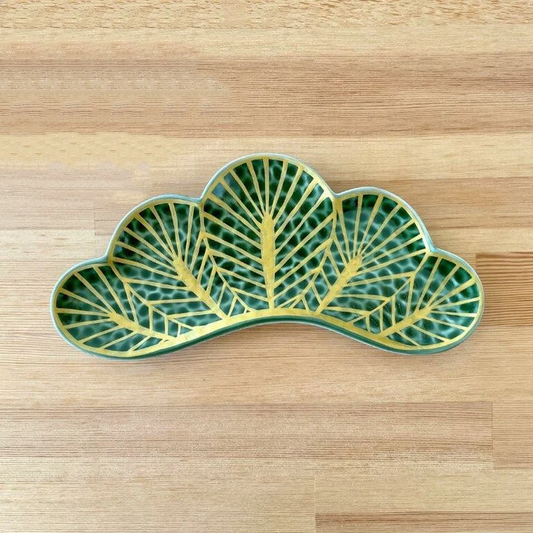
| Table of Contents |
| What is a Byobu? |
| What are Byobu Made Of? |
| What Types of Byobu are There? |
| What Types of Byobu Art are There? |
What is a Byobu?
“Byobu” (屏風) are traditional Japanese folding screens that are used as room dividers or decoration. These pieces of furniture are made by connecting several vertical panels onto a wooden frame. In this article, we’ll go over details of what a byobu is, how they are used, and what types there are.
What Was the Main Purpose of Byobu?
Originally, byobu were used as wind blockers. The character "屏" in "屏風" means "to block or fend off," while "風" means wind. Thus byobu were originally made to block the wind.
The predecessor of byobu originated in China during the Han Dynasty (206 BC-8 AD, 25-220 AD). These were said to have been introduced to Japan by trade through the Korean Peninsula (Silla) in the year 668.
In Japan, the first documented mention of byobu is found in the "Nihon Shoki" (Chronicles of Japan, AD 720). The oldest existing byobu dates back to the 8th century and is stored at the Shosoin repository in Todaiji Temple in Nara Prefecture.

(Scenes from the Tale of Genji Byobu)
Byobu’s Transition into Art Pieces
Originally used as a windbreak placed at the head of a futon to block cold air, byobu began to be decorated with paintings during the Muromachi period and thereafter were treated as works of art. Thus, the form of byobu paintings became established.
The development of including paintings on byobu was greatly influenced by the invention of paper hinges during the Kamakura period (which preceded the Muromachi period). This innovation allowed for the creation of seamless, continuous screens. Before this, each panel was connected with leather cords and had individual borders, making it difficult for folding screens composed of multiple panels to function as a single, cohesive canvas.
In dramas and movies featuring samurai, which are often set in the Azuchi-Momoyama and Edo periods, byobu are almost invariably seen in indoor scenes. Byobu with ancient paintings are preserved in Japan’s national museums as well as museums and art galleries around the world.
What are Byobu Made Of?
The basic structure consists of a rectangular wooden frame covered with paper or cloth. Each panel is called a "sen," (扇) and they are counted from right to left. The rightmost being the “first sen”, then the “second sen”, and so on. The term "kyoku" (曲) is used to indicate the number of panels a byobu is made of.
A byobu is considered one unit or “isseki" (一隻) when multiple panels are connected.
When a byobu is a part of a pair, the pair together is called a "isso" (一双). A single unit in a pair, is called a "hanso" (半双) or "isseki" (one seki). For example, if there are is a pair byobu each made up of six panels, it is referred to as "rokukyoku isso" (六曲一双) or "rokukyoku niseki" (六曲二隻).
What Types of Byobu are There?
Gold Byobu (Kin Byobu)

(IItsukushima Yoshino Hanami-zu Byobu)
Gold byobu use gold paint or gold leaf as part of the background or image. The use of plain gold byobu as seen today is a relatively recent development. Gold byobu have been passed down as decorative items for special occasions and are currently used in ceremonies like award presentations and wedding receptions. The color gold has long been considered to ward off evil spirits and, since gold leaf used in byobu does not tarnish, it is also seen as a symbol of eternity. Therefore, gold byobu are considered suitable art pieces for celebrations.
Two Panel Byobu (Katte Byobu)


(Soga Jidai-an Brush, High Samurai & Oak Hawk-zu)
Generally, a vertical, two-panel byobu is called a “katte byobu”. It is used to separate the pathway from the living room to the kitchen when guests are present, and it can also be used in the kitchen area of a tea room as a divider.
Low Two Panel Byobu (Furosaki Byobu)
These are two-panel byobu that are low in height and wide, used specifically in a "tea room". It is placed in front of a “furo” (a portable stove used to boil water in tea rooms), serving as a divider. It functions to prevent wind from entering the furo and to keep ash from scattering in the room.
Pillow Byobu (Makura Byobu)
This refers to a two-panel byobu placed near the pillow area. It naturally evolved from the need for wind and cold protection. Historically, any small, low-height byobu was called a “makura byobu”, regardless of being two-panel or not. They were often decorated with poetry or paintings.
What Types of Byobu Art are There?
Bird and Flower Paintings (Kachoga)

These paintings involve nature and animals, focusing on flowers, plants, and birds. They include specific themes like pine or iris, or represent the changing of the seasons. When depicting the seasons on byobu, the seasonal transition is shown from right to left.
Landscape Paintings (Fukeiga)
Japanese painters have depicted various landscapes to express the beauty of nature, not just bird and flower paintings. Notably, the "Hamamatsu Byobu," which features seaside pine forests, was frequently produced during the Muromachi period. "Mount Fuji" has also been a favored theme.
Ink Wash Paintings (Sansuiga)

There are also byobu that are solely painted using black ink. Originating from Chinese Song paintings and Zen paintings, ink wash paintings are characterized by bold use of negative space and subtle themes depicted with ink gradients. Particularly favored by Sengoku-period warlords, these paintings were also popular among Zen monks during the mid-Edo period.
Narrative Paintings

Byobu depicting narratives from "The Tale of Genji," "Taiheiki," and "The Tale of the Heike" were very popular from the Azuchi-Momoyama period through the Edo period.
Battle Scenes

Apart from imaginative byobu paintings of battle scenes depicted in "The Tale of the Heike" and "Taiheiki," there are realistic battle scene byobu that depict actual battles from the Sengoku period like the "The Summer Siege of Osaka".
In foreign contexts, byobu are not only used in a standing position but are also often hung from picture rails at a low height over sofas or beds.





